The End of the V8 is Nigh, but the Corvette’s Future Remains Bright & Bloody Fast
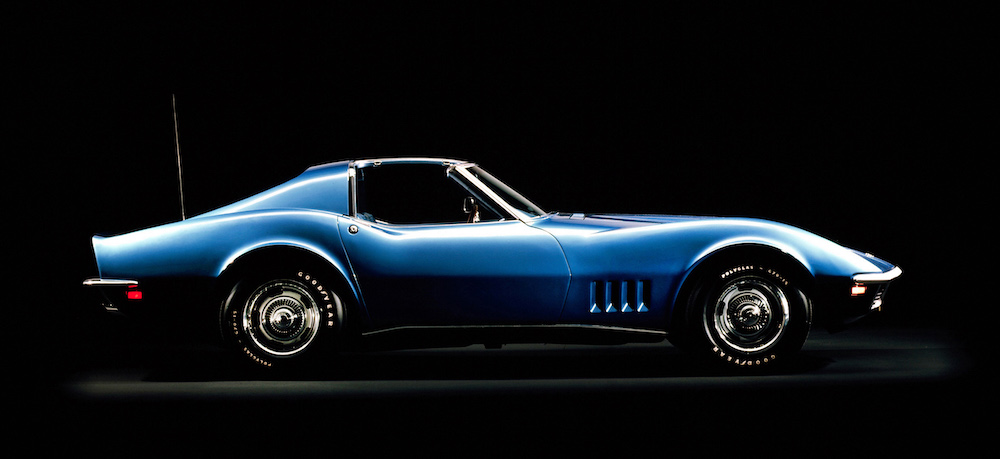
1970s emissions laws destroyed the Muscle Car era, but the Corvette shows no signs of slowing in an all-electric future.
As an ’80s kid, we looked at the halcyon days of the 1960s as the pinnacle of American Performance. Between the rise of the pony car and the muscle car horsepower wars, American cars — Corvettes especially — were faster and more stylish than ever before.
Then emissions laws and a global energy crisis ruined all the fun.
Smog abated, acid rain fell no more, and the Ozone Layer started to heal. But Corvette performance specs took two decades to recover. Computerized fuel-mapping, cutting-edge catalytic converters, and decades of aerodynamic, handling, and braking advancements ushered us into an unparalleled performance era.
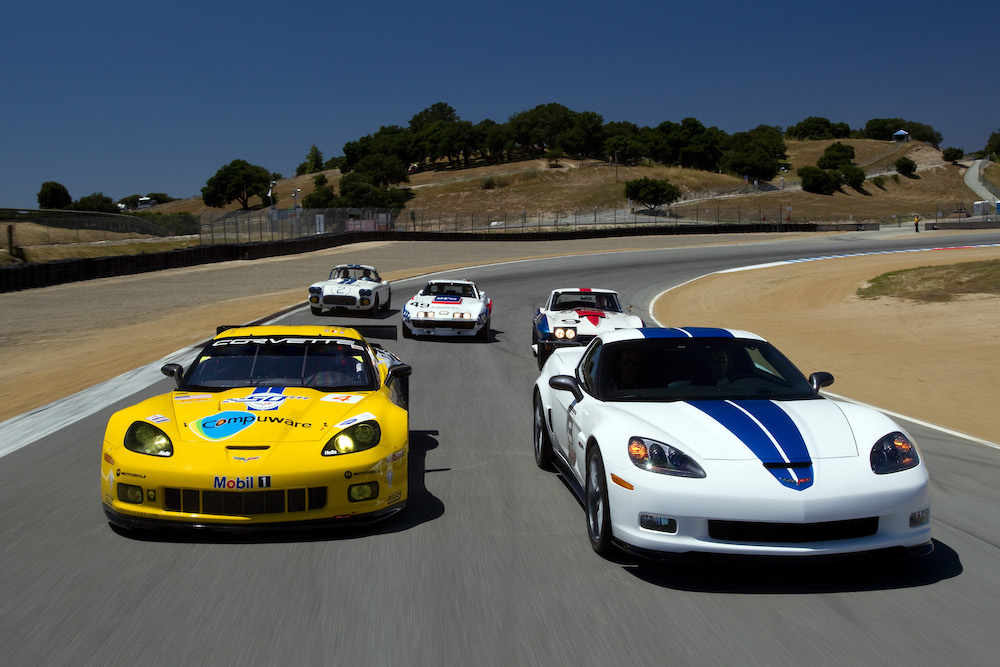
By becoming more EFFICIENT, Corvettes also became more POWERFUL.
Sure, GM designers still chase nostalgic cues even when turning the Corvette into a mid-engine supercar, but everything else has improved. We live in a time where base Mustangs and Camaros out-perform ’60s muscle cars. And where the base Corvette not only boasts 495 hp but can also outrun the previous-generation (750 horsepower) ZR1 to 60 miles-an-hour. (Not the ultimate performance metric, of course, but impressive regardless.)
And the modern Corvette can actually turn and stop, and is more reliable and leagues safer than anything cooked up in the 1960s.
Progress is glorious.
But the End is Nigh
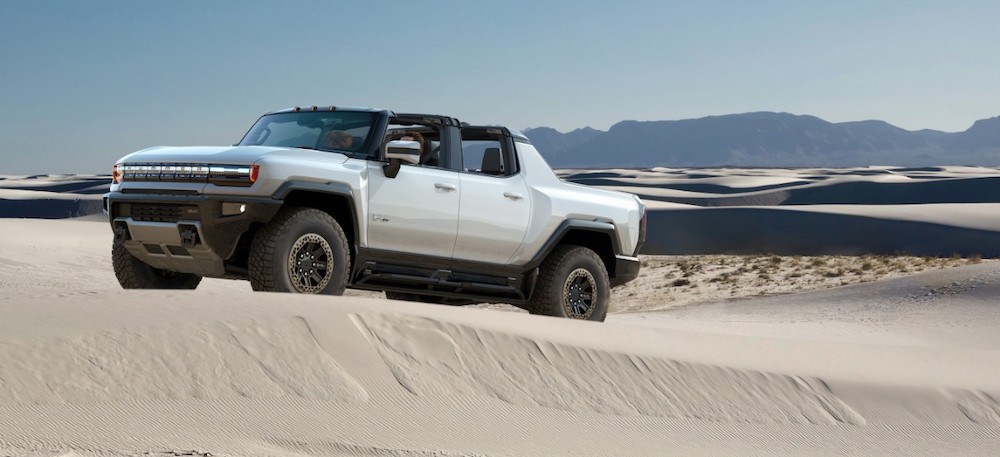
While we have plenty of — some argue way too many — fossil fuels to burn, emissions standards are rising again globally. And, with states like California threatening to ban gas-powered engine sales by 2035, what we currently define as the sights and sounds of America’s Sportscar is about to change.
Dramatically so.
But unlike 50 years ago, manufacturers are already pivoting. They will be ready for The End. GM recently moved the Corvette design team under its EV division, promising an “all-electric future.” They also debuted a new plant to build an all-electric Hummer. Ford will soon release an electric Mustang-branded crossover and F-150.
And this is just the beginning.
The Last Glorious Dying Breath of the American V8
My colleagues and I have talked to folks who work for the American auto manufacturers at length; you can watch one such conversation in the video above, which I hosted for RacingJunk.com’s No Shows No Problem virtual trade show about the industry’s future.
Make no mistake, the V8 will remain the heart of our Corvettes (and trucks) as long as it’s legally possible. GM is likely to debut its first flat-plane-crank V8 for the Z06 and knows the pushrod LT2 is the heart and soul of their beast. Heck, GM’s history is one of developing entirely new V8 platforms for the Corvette… before paying for the R&D with trucks and other performance vehicles.
I personally love the V8 more than any engine type in history. I own three. The sound. The power curve. The feeling. Pushrods, dual-overhead cams, flat-plane cranks, hemispherical cylinder heads, you name the V8, and I ADORE it.
But we’re about to see the end of the V8 here in America.
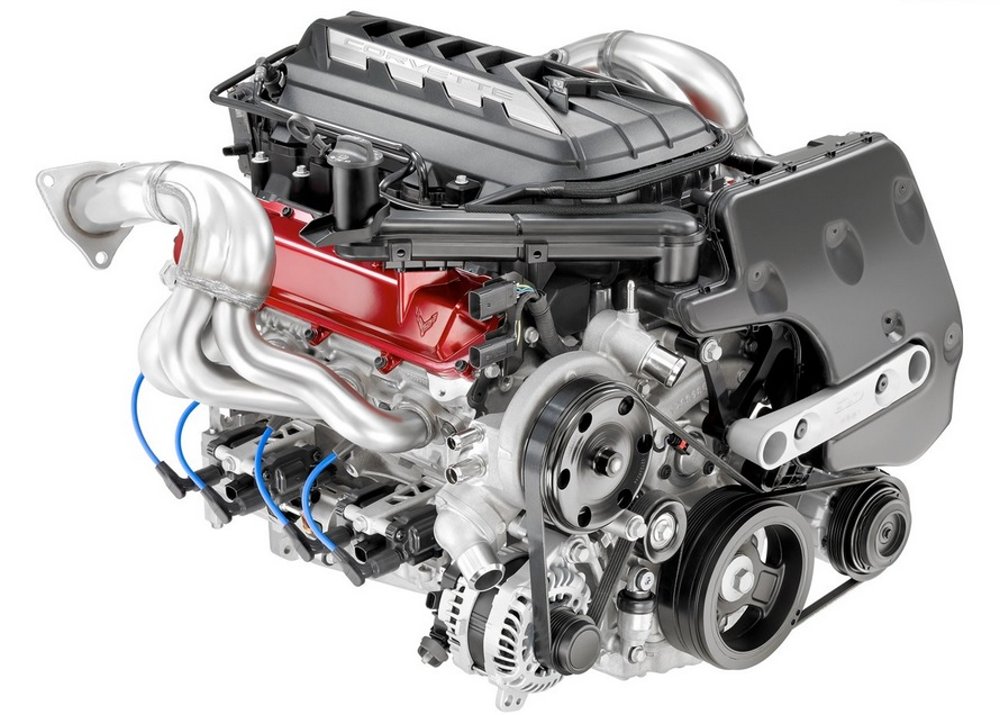
Not today. Not next year or even this decade, mind you. There’s still time for one last generation or two of great American V8s.
But sooner than we’d all like, the V8 simply won’t be able to meet regulations. (Ford described this to me in the above video as “engineers running out of physics.”) Or perhaps it simply won’t remain economically feasible to make V8s for relatively low-volume sports cars if GM isn’t ALSO selling hundreds of thousands of trucks and SUVs.
Think of it like this; the last American V8s may simply be handmade exotic variants for trims like Z06 and ZR1.
The Apocalypse Ain’t All Bad
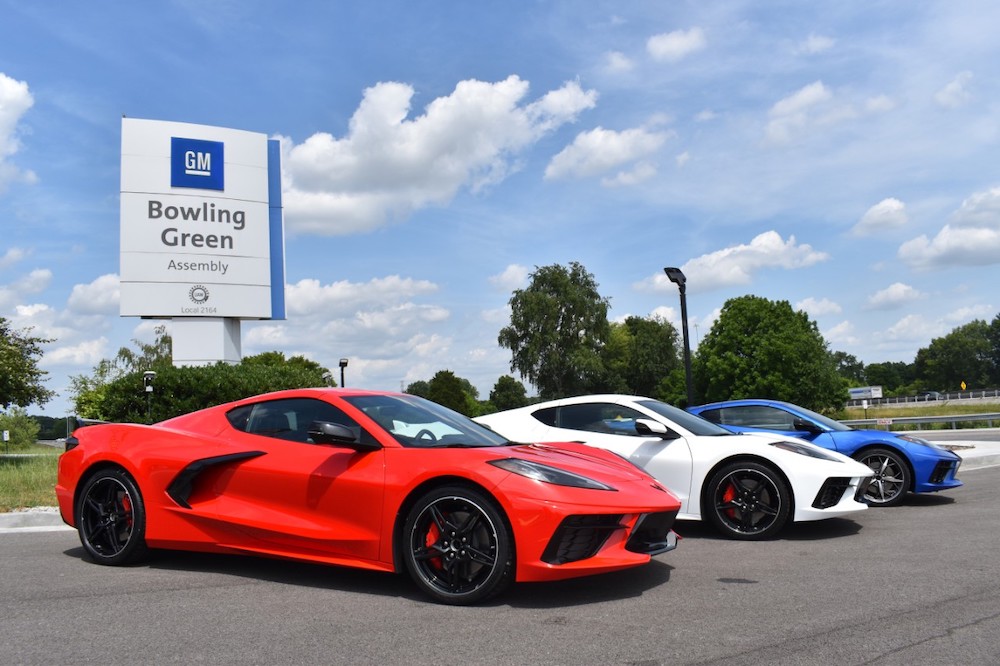
Pardon the tangent here, but while we most commonly use the word “apocalypse” — especially in entertainment — to warn against a great destructive event, Biblical Scholars often point out that the original Greek meaning translates closer to “The Great Revealing.”
In other words, unlike the 1970s, Corvette performance isn’t going to wither and die as the industry transitions and evolves into an electric future. If Tesla’s Ludicrous Mode or Ford’s Mach-E or CobraJet 1400 projects are indicators, the future looks bright and bloody FAST.
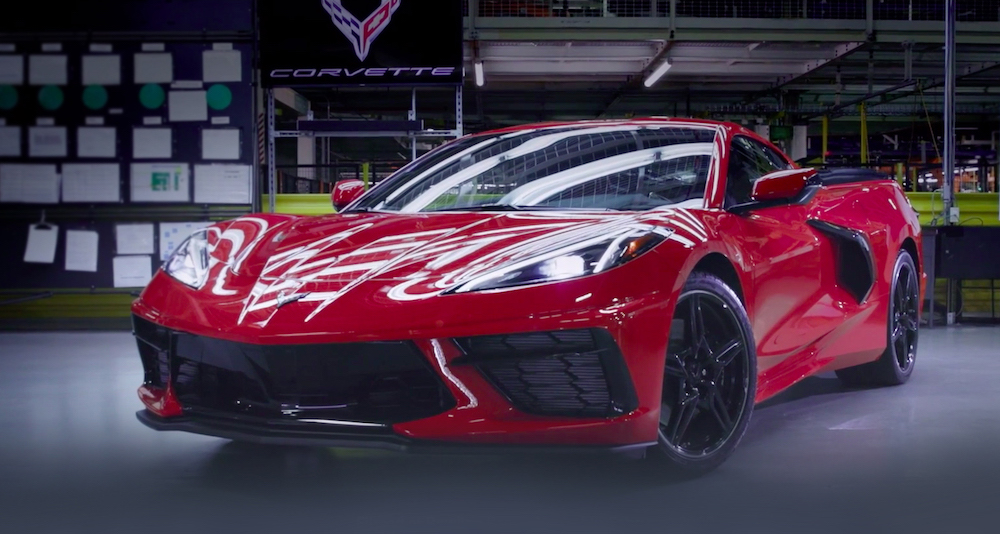
In fact, the Corvette will likely become more capable than ever. All-wheel drive acceleration. Instant torque. Less routine maintenance. Lower center of gravity. And radical design possibilities. (We’ll no longer have to worry whether or not a heavy engine will smash through a firewall and crush the driver’s legs during a collision.)
What I’m starting to see is that the future of the Corvette — and GM as a whole — is simply going to reveal the company’s imagination and engineering capabilities. If the rise of the LS inspired shops and enthusiasts to pick up a laptop to learn tuning, imagine a future where folks learn to navigate high-voltage electrical systems so they can add more batteries.
Regardless, the future’s still going to be fun with buckets of torque on tap.
If We Can Figure Out How to Make It All Work
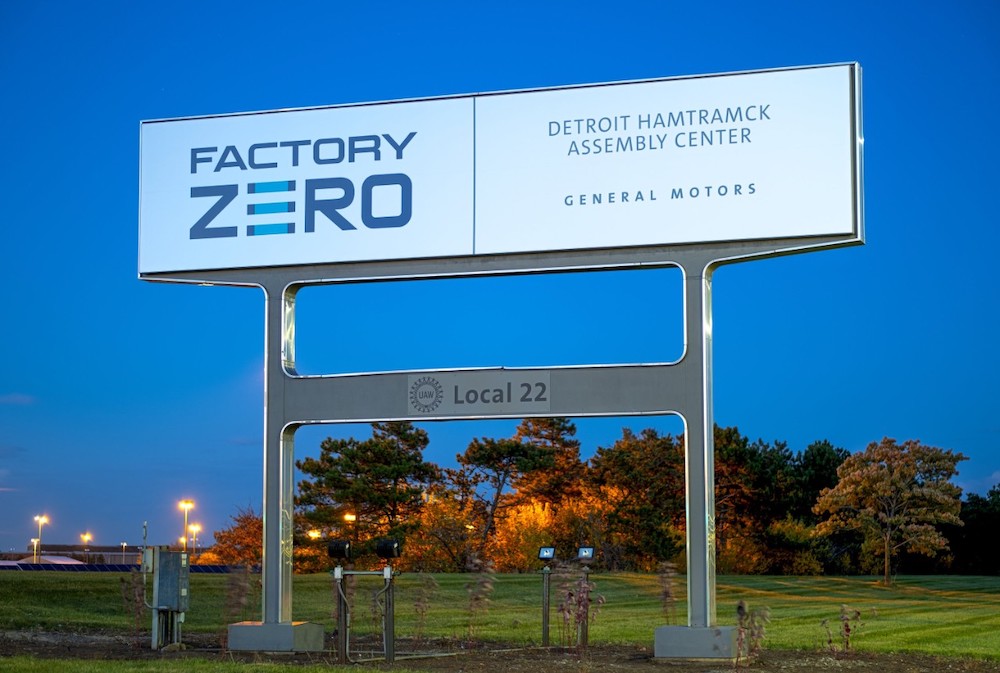
Despite change hovering, perhaps ominously to some, on the horizon, it’s important to point out that this is going to be a relatively slow transition. When we see federal and state regulations changing, when we see manufacturers experimenting and pivoting, we’re mostly talking about NEW vehicle sales.
California may be able to ban gasoline-engine-vehicle sales in 2035, but that will still leave over eight decades of gasoline-powered Corvettes than need dino-juice. And no one’s going to ban used car sales.
Therefore, it’s going to take DECADES for most of the gasoline-powered cars and trucks to age out of service, leaving behind a smaller pool of collectible classics maintained by enthusiasts. Just like today. (The next decade may be a great time to snap up the greatest gas guzzlers of the 21st Century for your collection.) And who knows how diesel-powered vehicles will be classified; they may face a completely different timeline.
In other words, don’t panic.
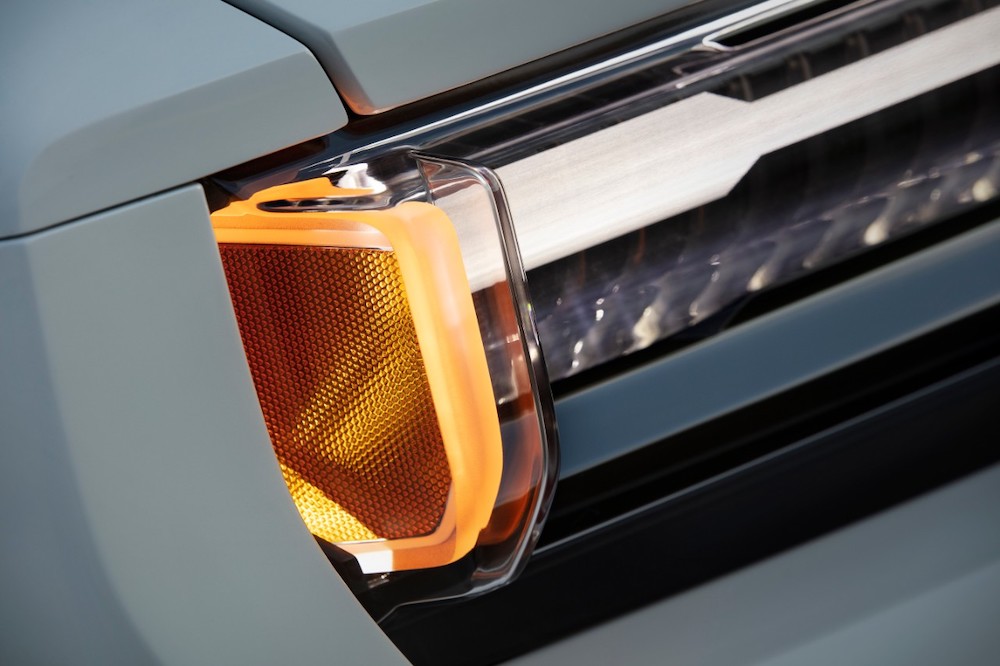
We’re not flipping a light switch; we’re blowing up an air mattress… by hand… with a very small pump. This next evolution is going to be slow and gradual and will require MASSIVE improvements and societal advancements.
(And we’ll probably see a lot more hybrids drivetrain options — like the rumored E-Ray aka Grand Sport — between now and the all-electric future.)
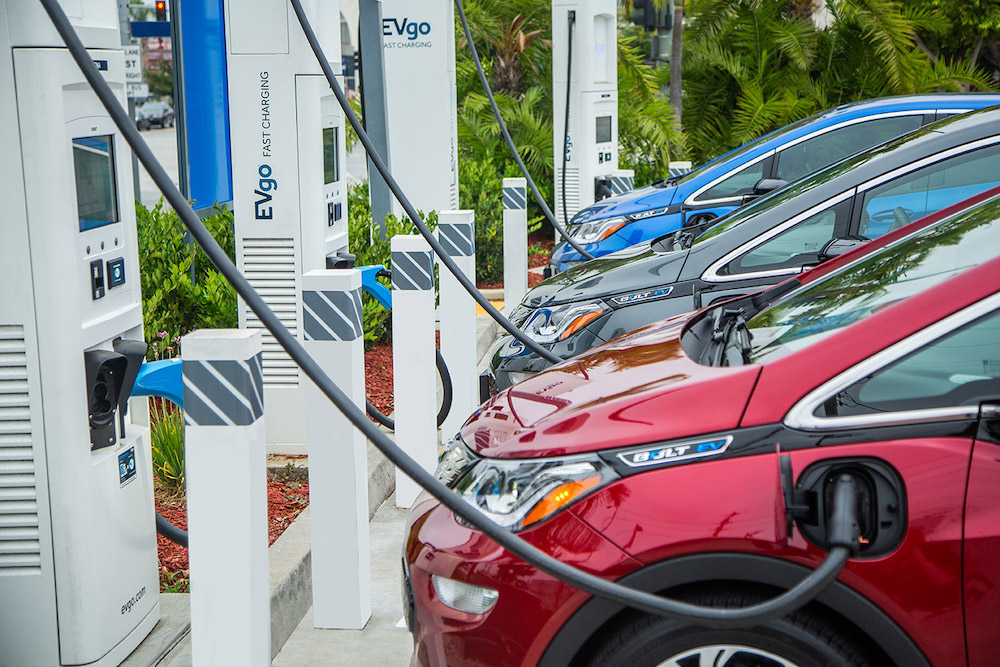
For example, auto manufacturers need to increase battery range while decreasing mass and improving charging times. Then we need to expand our charging networks. Figure out recycling. And find a way to manage and harvest the rare materials required for batteries.
And then there’s public perception.
Range anxiety may be less of a problem for weekend toys, but it’s going to be a HUGE factor in convincing people to change with every other type of vehicle. Especially cross-country travelers. And it’s not just a rural versus urban debate, either. We need to figure out how to charge vehicles for people who don’t have a dedicated parking space.
2020 Already Showed Us the Future
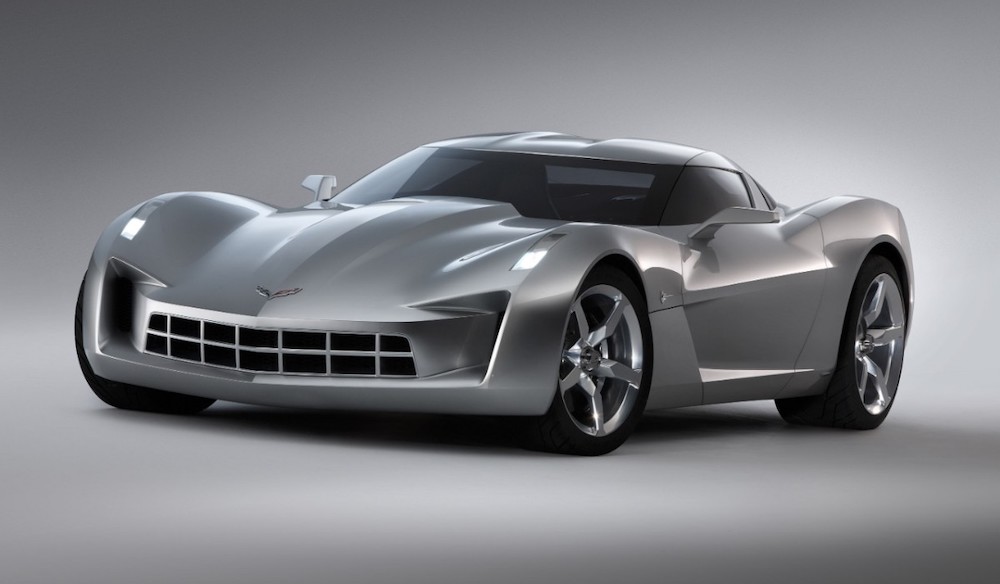
Earlier this year I saw the future in Los Angeles and it was beautiful.
In a city known for endless gridlock and hazy days, the world came to a stop for a global pandemic. Amidst a health crisis and crushing economic plunge, a funny thing happened. The skies cleared. The city quieted. And Los Angeles set a record for spring days with clean air.
While an all-electric GM can’t solve metropolitan traffic, we saw what a sprawling city of 15 million people would look like, sound like, and smell like if no one drove petrol-powered vehicles.
50 years ago, the world pivoted to defeat acid rain and smog. The costs were steep, and enthusiasts lost two decades worth of Corvette performance. (Some may argue less, but I’m speaking very roughly). Today, we face a similar, and perhaps larger, challenge. To clean our air and water and see if these changes slow or prevent cataclysmic global climate shifts.
But unlike the 1970s, we don’t need to cancel all the fun.
Photos: General Motors
